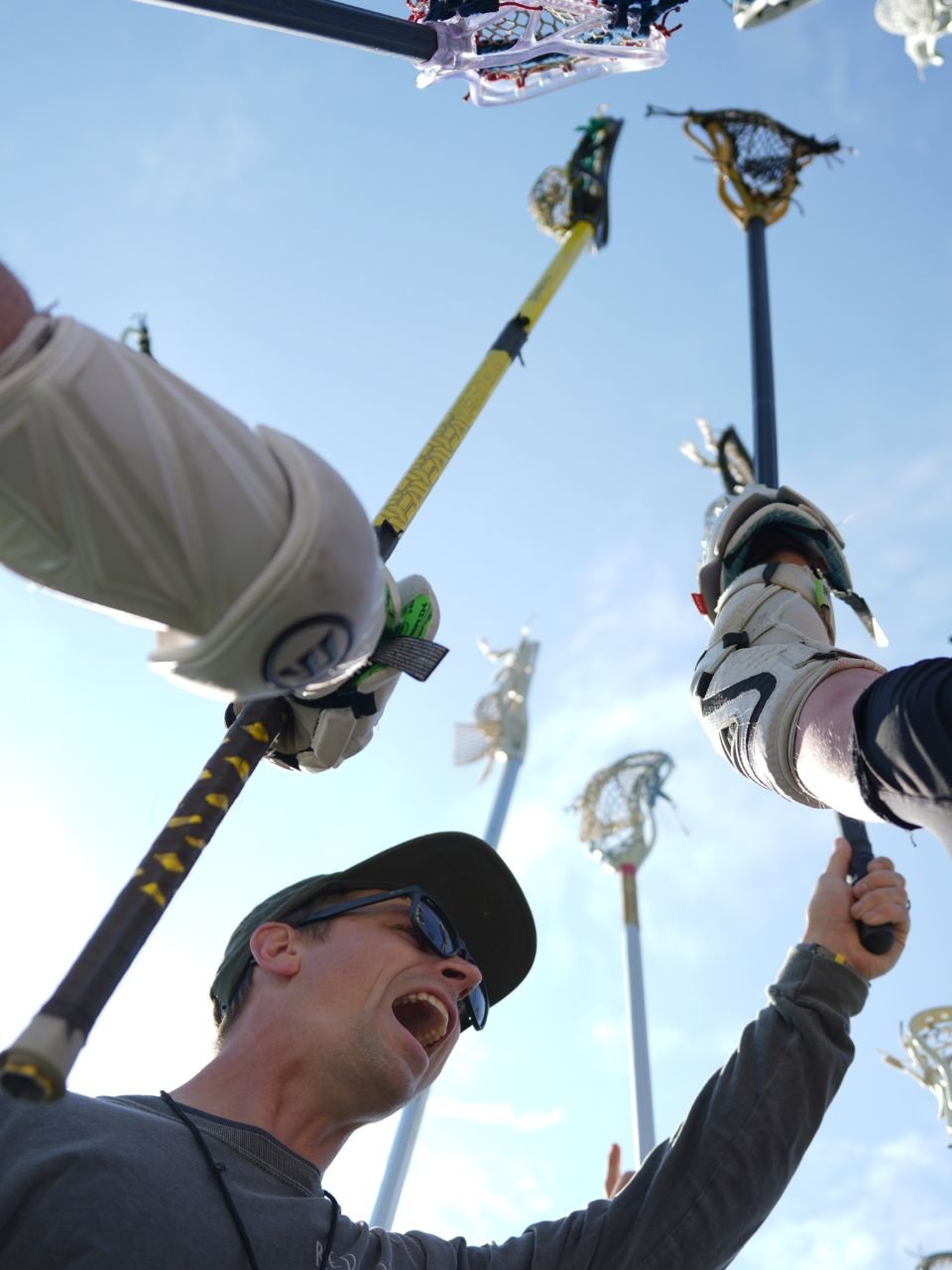- Our School
- Our Advantage
- Admission
- Elementary•Middle School
- High School
- Summer
- Giving
- Parent Resources
- For Educators
- Alumni
« Back
Legal Implications When Bullying Is Alleged
May 7th, 2019

This is the third post in a three-part series about bullying. The first article defines bullying and the second article outlines the warning signs of bullying.
As discussed in an earlier post by Elizabeth Englander, the essential nature of bullying has not changed … [b]ut the signs that a target may show have changed." Similarly, though bullying has been present in school environments for many years, the responsibilities of schools and their required responses to bullying have changed. This post focuses on the legal requirements that schools must generally follow when school personnel suspect that bullying may have occurred.
When Does a School Have "Knowledge" That Bullying May Have Occurred?
State law establishes parameters and reporting requirements that schools must follow. Generally, school officials and employees are required to report suspected bullying. Employees can include educators, administrators, nurses, cafeteria workers, custodians, bus drivers, coaches, advisors, and paraprofessionals. In addition, parents and students may report incidents of suspected bullying. School personnel need to be aware that bullying can occur in plain sight, in hallways, in academic classes, in extracurricular activities, at recess, during transportation, and on field trips.
When any school official or employees note bullying in these environments and they report it, then a school is presumed legally to have "knowledge" of the bullying. Note that some states adopt the standard of "knows or should have known" about the bullying as indicative of "knowledge."
School personnel need to be aware that bullying can occur in plain sight, in hallways, in academic classes, in extracurricular activities, at recess, during transportation, and on field trips.
What Are Appropriate School Responses to Bullying?
When a school has "knowledge" of potential bullying, the initial requirement under state law is to investigate promptly. A prompt investigation should be thorough and impartial. It will generally include interviews with students and staff who may be aware of the bullying. The actual investigation will depend on a variety of factors, such as the nature of the allegations (physical, verbal, cyber), the sources of the complaints, the age of students, and the size of the school. During the investigation, it is vital to remember that confidentiality, to the extent possible, must be maintained and that any form of retaliation to any party involved in the bullying investigation is prohibited.
What Are Possible Outcomes if Bullying Is Verified?
Upon a finding of bullying, there is generally a legal requirement to notify the perpetrator and the victim/target of the findings. The school then must develop an effective response to the bullying. This response may include the following:
- Discipline of the perpetrator via student handbook procedures.
- Counseling for the students involved in the bullying incident.
- Training for the students involved, the student body, and faculty if necessary.
- Schedule changes to separate the perpetrator and victim, though not at the expense of the victim/target.
- Monitoring to ensure that the plan is working and also to ensure that no retaliation occurs.
- Review and revision of school policies if necessary.
- Referral to law enforcement. Most states provide for this referral and vest discretion within school authorities
How Does a Learning Disability Impact Bullying?
In the context of bullying, another important element to consider is whether the alleged victim/target is a student with a disability. In that situation, a school must also determine if the student is denied access to a free and appropriate public education (FAPE) due to the bullying. Denial of FAPE means that the school must review the student’s IEP and determine what modifications or additional services may be necessary to remedy the denial of FAPE. Parents may also seek redress under the Individuals with Disabilities Act (IDEA) dispute resolution process. Finally, and in addition to a bullying situation, a school should also consider whether a student has been harassed based on their disability. If harassment based on disability, as defined under Section 504 of the Rehabilitation Act and the Americans with Disabilities Act, has occurred, then different protocols and guidelines that are distinct from bullying become important to consider.
Additional Resources
Analysis of State Bullying Laws and Policies, U.S. Dept. of Education, 2011. (a bit dated but a comprehensive review of state laws on the topic).
T.K. v. New York City Dept. of Ed., 779 F.Supp.2d 289 (E.D. N.Y. 2011). (an extremely comprehensive lower court decision on the topic of bullying in general and bullying in context of students with disabilities).
Author
Dan Ahearn is an educator and attorney. He has a B.A. from the University of Rochester, an M.A. in Education from Tufts University, and a J.D. from Suffolk University Law School. He is the Assistant Head of Landmark School, directs the Landmark Outreach Program, and serves as in-house legal counsel. In addition, he also teaches language arts and social studies, and co-teaches the Student Advocates class at Landmark.
Posted in the category Social and Emotional Issues.























